When it comes to wireless technology of the future, it’s all about faster, better, cheaper. As the speed of change drives more and more demand for bandwidth and businesses strive to keep up, the need for the 5G Network intensifies. Observers may debate the merits, but technology keeps driving the market forward, oblivious to the fears and hesitations of some more entrenched business environments—and the average person.
Find your advantage in this sea of change by being prepared to work with your customers toward a smooth transition. Here we offer some insights into this next “big wave.” Armed with more knowledge, you can help your customers plan for what could be a challenging and rewarding change in their approach to communications.
5G Evolution and Wireless Connectivity – The Hype Becomes Reality
AT&T has led the pack in preparing for the 5G future, performing the first enterprise-based 5G trial in Austin, Texas, testing mmWave and equipment. In late 2017 they added tests with small and mid-sized businesses in Waco, Texas; Kalamazoo, Michigan, and South Bend, Indiana. Results indicate speeds ranging from 1 or 1.2 Gbps at 500 to 900 feet (picture the length of 3 football fields) in line-of-sight conditions, serving hundreds of users connected simultaneously. Compare those outcomes with a typical Wi-Fi speed for a home in New York of around 100Mbps and an AT&T LTE averaging 25Mbps. Tests also showed there was no impact on signal from rain, snow or other weather, and there was extremely low latency.
What is the significance for your small business client?
Building on market tests conducted over two years, AT&T began rolling out access to its mobile 5G Evolution technology, a kind of infrastructure for higher wireless speeds that AT&T calls the foundation for 5G. 5G Evolution is now active in parts of 117 new markets nationwide as of April this year, for a total reach of 141 markets.
AT&T projects the full launch of its 5G mobile network, together with a planned 5G phone that will make businesses fully 5G capable in 12 markets in late 2018. The 5G technology promises to provide reliable, secure networks that will help businesses safely and efficiently manage enterprise data at a new level of productivity.
The Foundations of 5G
The International Telecommunications Union (ITU), which includes 193 member states, has as its mission “…to assure international cooperation among member states for the…improvement and rational use of telecommunications of all kinds.” The ITU projects 2020 as the year in which society will see 5G mobile technology producing a “seamlessly connected society that links people with things, data, applications, transport systems and cities.” That projected date is captured in the organization’s 5G naming scheme, IMT-2020 (similar to IMT-2000 for 3G and IMT-Advanced for 4G).
Telecom is building toward meeting the standard of providing 5G compliant networks that can reach a peak data speed as high as 20Gbps, or 20 times faster than 4G. We currently enjoy 4G LTE internet speeds averaging 10Mbps, and can all remember the leap forward that represented. Wrap your mind around a near-future in which you will experience an average internet speed ranging between 100 and 1000 Mbps, and do the math—you’ll be connected at 10 to 100 times faster speeds. Now, your mobile phone will be on steroids, downloading a high def movie in mere seconds.
5G had a preview debut at the 2018 Pyeongchang Winter Olympics, as Intel and KT (the South Korean mobile carrier) demonstrated the new technology in the first Winter Olympics to be broadcast live in virtual reality. Details of the mobile networking standards for 5G will be confirmed in October of this year, based on approvals by ITU member nations.
The Unknowns
What will be the cost to consumers, and how well will the network live up to the hype? How well will it perform compared with the LTE technology we currently use? How will the Internet of Things (IoT) improve with the advent of 5G, and which of your devices and appliances will be affected?
Finally, the most exciting question of all is imagining the yet unknown innovations that will emerge as a result of these new capabilities.
AireSpring and Wireless Connectivity
AireSpring is a Platinum Elite Solution provider within AT&T’s Partner Exchange, placing us at the cutting edge in current and coming technologies. While waiting for 5G to become a reality in your market, ensure that your customers stay connected and secure with wireless failover with 4G LTE. AireSpring’s Managed Failover Connectivity, combined with multiple options for network failover design powered by AT&T, mean businesses are always prepared for the unexpected.
Wireless WAN backup from AireSpring is available in various packages and one uniquely affordable solution is built from available public and private mobile connections. This fast, flexible backup features capped usage billing and restricts overages. AireSpring also offers AT&T Mobile MAX – an all-in-one, fully managed wireless service with included SIM card and activation, AT&T nationwide coverage availability, and no overage charges ever. Be ready with the high-demand backup, failover and wireless solutions your customers need.
Sources:
https://www.itu.int/en/ITU-R/information/Pages/mission-statement.aspx
https://www.cnet.com/news/att-the-first-us-mobile-5g-network-is-coming-sooner-than-you-think/
https://www.cnet.com/news/5g-att-how-fast-us-speeds/
http://money.cnn.com/2018/02/19/technology/pyeongchang-winter-olympics-5g-intel/index.html
http://money.cnn.com/2018/02/19/technology/pyeongchang-winter-olympics-5g-intel/index.html
http://about.att.com/story/att_builds_on_5g_foundation_in_more_than_100_new_markets.html
http://about.att.com/innovationblog/two_years_of_5g_tria
















